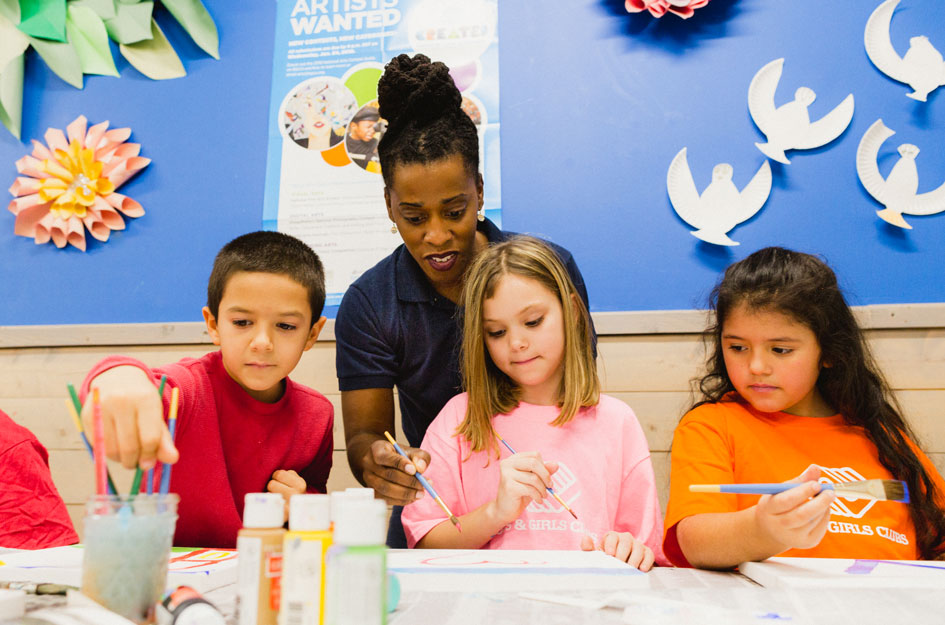From a piano lesson to a photography class, engagement in the arts is an effective way to embrace individual creativity and expand imaginative thinking. Unfortunately, despite the proven benefits of arts education, many young people who live in high-poverty communities grow up without exposure to the arts, and even fewer receive artistic training – with 97 percent of elementary schools nationwide not offering dance and 96 percent not offering theater.
To address inequality in arts education, Boys & Girls Clubs of America partnered with The Wallace Foundation to launch the Youth Arts Initiative in select Clubs across the nation. Based on an in-depth analysis, The Wallace Foundation identified key insights to support higher engagement in the arts and leveraged those findings in the development of the Youth Arts Initiative, which provides high quality arts programming designed to encourage active engagement.
Below are our three tips for how young people nationwide can take center stage in arts programming at both their local Boys & Girls Club and beyond.
1. Find a high-quality program to spark and retain interest.
A recent Wallace Foundation report found that teens and tweens were drawn to quality measures like dedicated studio spaces, professional teaching artists and near-professional equipment. Researchers found that the new programs helped many students develop a "spark" or passion for the arts they studied. These sparks kept young people engaged. In fact, most students enrolled in intensive skill-development classes returned the following year.
2. Look for teachers who meet youth where they are.
The most effective teaching artists understand how to best work with young people. Around the pre-teen age, participation in afterschool programs tends to decline – though that leaves critical out-of-school hours unfilled. To keep young people engaged, it’s essential for staff to get to know the students and their interests on an individual level. Kids who struggle with social-emotional skills benefit most from programs and teachers who spend time on relational learning before diving into formal instruction.
3. Choose a supportive, community-based program.
Finding a supportive community to participate in art programs is key. After all, art isn’t just about creating a final product. It’s about the experience along the way, which empowers young people to find their personal voice and engage with others. The Wallace Foundation report found that adult mentorship and like-minded peers within the programming serve as a reliable foundation to keep arts engagement alive. The most successful arts programs place an emphasis on relationships and community along with the art form practice itself.
For more information about the Youth Arts Initiative, visit https://www.bgca.org/about-us/our-partners/wallace.




